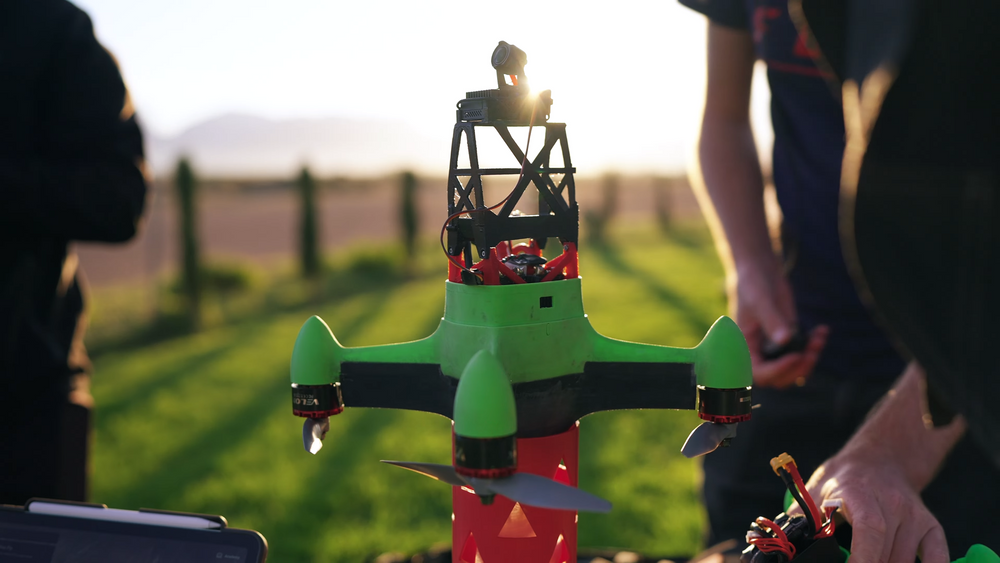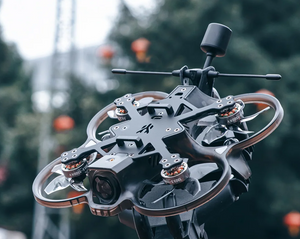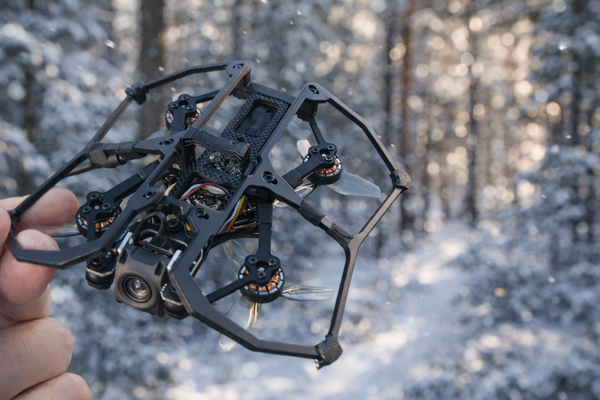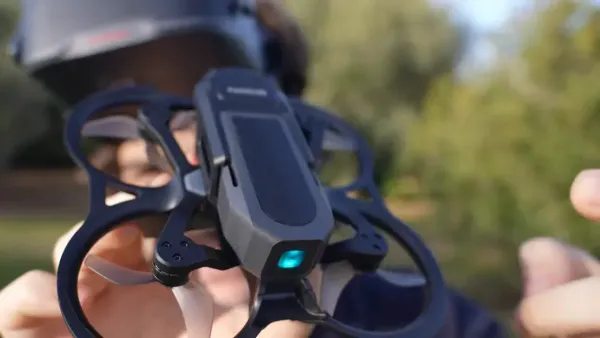In the captivating realm of high-speed drones, the story of the Peregrine drone stands out as a thrilling testament to innovation and perseverance. Based on a synthesis of several YouTube videos, including an in-depth look by Luke Bell, this article delves into the challenges and breakthroughs of designing a world record-setting drone. This piece aims to consolidate the wealth of information presented across various platforms, offering a comprehensive narrative that saves you time.
Genesis and Design Innovations
The Peregrine drone, aptly named for one of the fastest birds in the world, was designed with the singular aim of breaking the Guinness World Record for the fastest drone. Luke Bell and his father embarked on this ambitious project following their initial venture with the original Peregrine drone. This sequel, however, was not merely a step but a giant leap in terms of design and capability.

Frame and Structure
The Peregrine 2's journey began with its frame, crafted from carbon fiber renowned for its strength and lightweight properties. The precision of CNC machining from Flying Robot in Cape Town ensured that even the motor mounts aligned perfectly, albeit after some adjustments were necessary when initial dimensions proved inaccurate. This attention to detail was crucial in handling the immense forces during high-speed flight.

Powertrain: The Heartbeat of Speed
At the core of Peregrine 2's anatomy lies its powertrain, upgraded to handle the rigorous demands of extreme speed. After analyzing data from the first Peregrine drone, the team chose more robust motors, propellers, and batteries. However, this was not without its trials; the initial battery tests led to overheating issues. Subsequent adjustments and tests finally yielded a configuration that balanced power with safety, preventing overheating even under strenuous conditions.

Aerodynamics and Stability
Aerodynamics played a pivotal role in refining the drone's performance. The team experimented with various tail lengths and fin configurations on a scaled model to ensure stability at high velocities. These tests were critical in determining the optimal design that could maintain stability without sacrificing speed, culminating in a sleek drone body that was both aerodynamically efficient and visually striking.

The Pursuit of Record-Breaking Speed
With the design solidified, the true test came on the field. Initial test flights revealed issues that required back-to-the-drawing-board revisions and countless hours of fine-tuning. The team collaborated with Chris Raser, a renowned FPV drone expert, whose insights were instrumental in overcoming the final hurdles.

Finally, at the Vosta Gliding Club, the Peregrine 2 was ready. The record attempt required precise conditions, including dual runs in opposite directions to counteract any wind advantages. The drone soared through these tests, ultimately achieving a peak speed that set a new world record.

Technological Showcase and Future Horizons
Beyond its speed capabilities, Peregrine 2 also showcased potential as a groundbreaking camera drone. Equipped with an Insta360 Go3, the drone captured stunning high-speed cinematic footage, demonstrating its utility beyond just speed trials. These capabilities hint at future applications in film and perhaps other industries where speed and agility are paramount.
Parts List
This is not comprehensive, but just based on what was said in the video:
- Motors: TMotor 3115 1500kV
- Propellers: APC 7x11
- Battery: 12S 44.4V 1800mAh lipo (likely 2x 6S 1000Mah high discharge cells)







